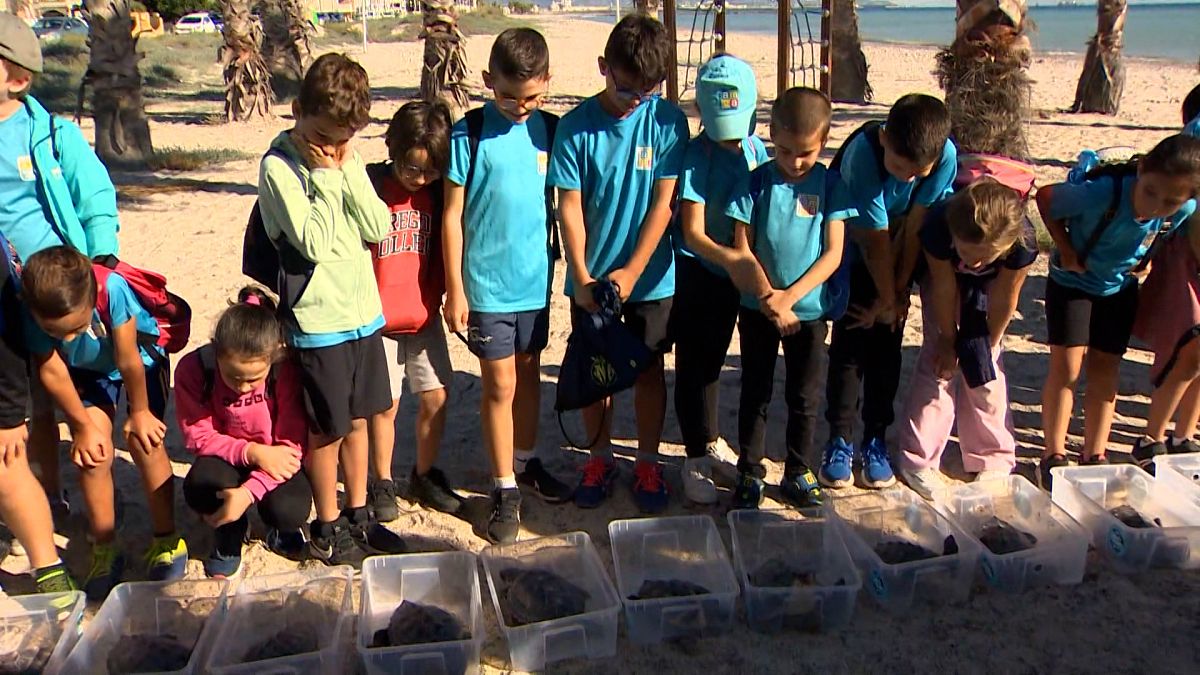The loggerhead turtle, scientifically known as Caretta caretta, is a species that is currently facing threats due to climate change. With only one in a thousand turtles making it to adulthood, conservation efforts are crucial to ensure the survival of this vulnerable species. Programmes like Life Intemares are dedicated to improving the chances of survival for loggerhead turtles by studying their nesting habits and implementing strategies to protect their habitats. Through initiatives like Life Intemares, researchers and conservationists are working tirelessly to protect these turtles and increase their chances of survival in the face of environmental challenges.
One of the key threats facing loggerhead turtles is the changing climate, which has forced them to alter their nesting habits. Rising sea levels and higher temperatures have a significant impact on the nesting sites along the coastlines where these turtles traditionally lay their eggs. As a result, programmes like Life Intemares are focused on studying these changes and developing strategies to help loggerhead turtles adapt to these new conditions. By understanding the challenges they face, conservationists can work towards preserving their habitats and ensuring the survival of future generations of loggerhead turtles.
The Oceanogràfic of Valencia plays a significant role in the conservation efforts for loggerhead turtles. The centre provides a safe haven for these turtles, caring for newborns, and acting as a hospital for sick or injured turtles. This includes providing medical treatment for turtles with amputations or shell fractures, giving them a chance to recover and be released back into the wild. The work being done at the Oceanogràfic of Valencia is crucial in not only caring for individual turtles but also contributing to the overall conservation efforts to protect the loggerhead turtle population.
Conservation efforts for loggerhead turtles are essential to ensure the long-term survival of this species. By studying their nesting habits, understanding the impact of climate change, and implementing protective measures, researchers and conservationists can work towards improving the chances of survival for loggerhead turtles. Initiatives like Life Intemares are instrumental in raising awareness about the threats facing these turtles and implementing strategies to protect their habitats. With continued conservation efforts, we can hope to see an increase in the survival rates of loggerhead turtles and ensure a brighter future for this vulnerable species.
In conclusion, the loggerhead turtle is a vulnerable species facing numerous threats, including climate change and habitat loss. Conservation programmes like Life Intemares and the efforts of organisations like the Oceanogràfic of Valencia are crucial in protecting and preserving the loggerhead turtle population. By studying their nesting habits, providing medical care for injured turtles, and implementing strategies to protect their habitats, conservationists are working to improve the chances of survival for these endangered reptiles. With continued support and awareness, we can strive towards a future where loggerhead turtles thrive in their natural habitats, ensuring the long-term survival of this iconic species.









